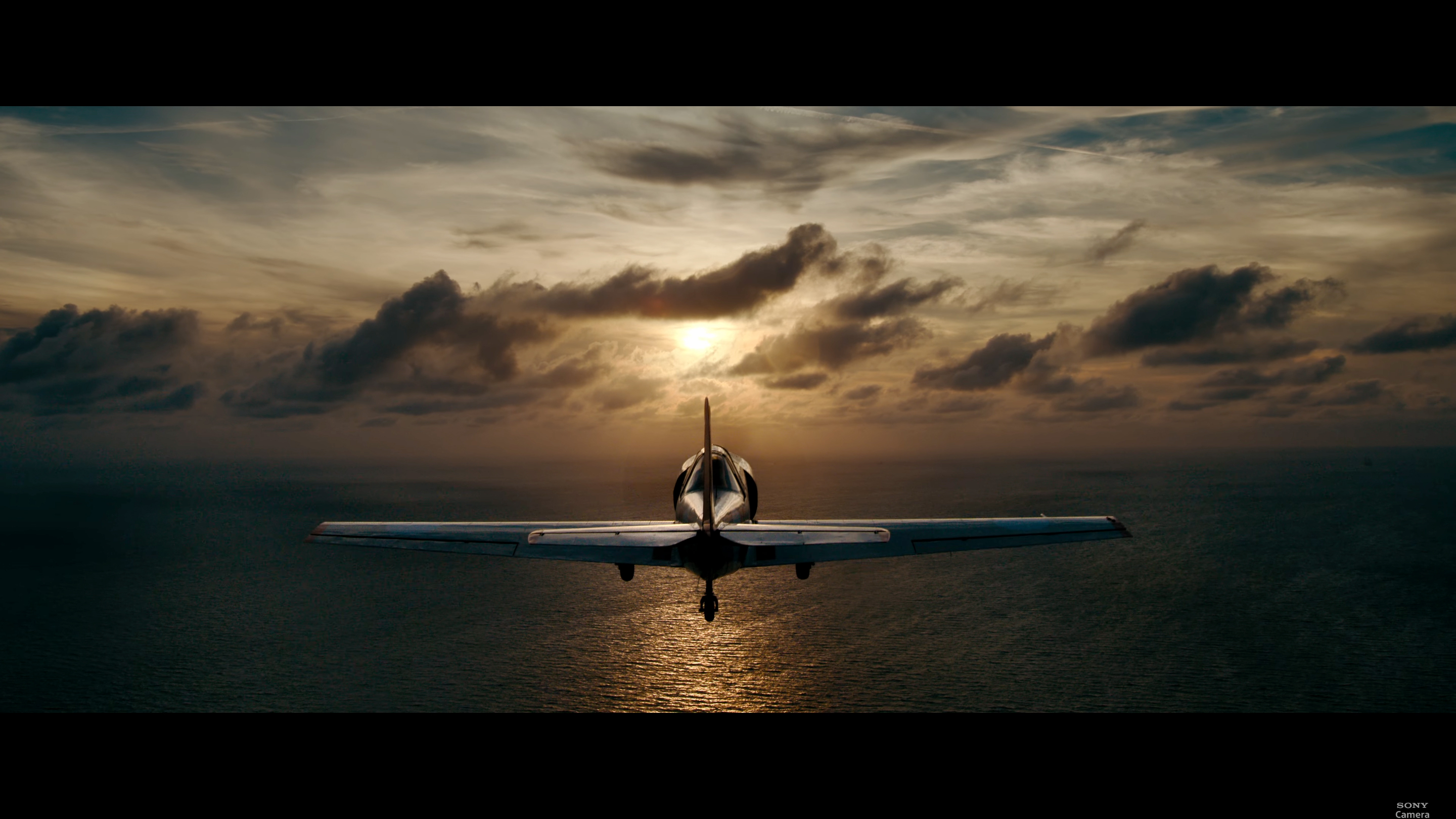
Sony showcases the most beautiful example of the Burano's capabilities yet, with a short film directed by Oscar winner James Friend.
Sony has a fantastic way of marketing its new cinema cameras, by putting them in the hands of world-class filmmakers and letting them create. This has been the case with the release of the Sony Burano, a new 8K cinema camera released last month that offers staggering image quality, stabilization, and versatility, and is sure to become one of the best cine cameras on the market. Sony gave the Burano to Oscar-winning director and cinematographer James Friend, who made a beautiful short film titled The Wingman.
The film follows a pilot arriving at an airfield in his classic Jaguar before taking his vintage aircraft for a spin. The resulting footage is a breathtaking example of storytelling through the moving image, capturing a peaceful journey through the clouds. Of course, if you hand an award-winning cinematographer any camera you are sure to get a great film, but the Sony Burano's effect is undeniable, with Friend stating without the Burano's capabilities 'it would not have been possible'.
So what is it about the Burano that makes this film so staggeringly beautiful? James Friend highlights a few specific features that helped, starting with the weight and compact form factor. Friend wanted to put the Burano through its paces, and searched for an unforgiving environment that would test every aspect the camera could offer. He settled on aerial work. A notoriously challenging environment to shoot in, it involved attaching the camera to various rigs and vehicles, but as the Burano is significantly smaller and lighter than other cameras in its field, it handled it with ease. The ergonomics were incredibly intuitive which enabled it to be easily controlled, even when strapped to the front of a helicopter!
Another highlight pointed out by the filmmaker was the dynamic range capabilities, and I must admit it was one of the first things to jump out at me as a viewer. The Wingman follows a pilot from his aircraft hanger up through the clouds and over the sea, with the setting sun in the background. Several challenging environments could have seen blown highlights or lost shadows, but Friend states that the dynamic range controllability was staggering. Another feature that would have helped in this regard is Sony’s unique electronic Variable ND Filter, which offers density change from 0.6 (1/4) to 2.1 (1/128).

Last but by no means least is the exceptional resolution and image quality. The film looks exquisite, and to my 'untrained eye', the quality is on par with the best cinema cameras on the market. The Burano's 8K 36x24mm full-frame image sensor 'delivers high-quality images and superb rendition with wide latitude and a rich color gamut'. It's 8K output, too, with a maximum resolution of 8632 x 4856 and, through oversampling, it can output phenomenal-looking 4K content. Friend states "The clarity of the image is a tool for the cinematographer to work with."
The Sony Burano seems to fall seamlessly into the Sony eco-system of cinema cameras, offering more versatility but the same image aesthetic and color science as the Venice. I recommend checking out the Sony Camera YouTube channel for the various other short films, but just as important, behind the scenes of how they were made.
Sony will be at The Photography and Video Show at the NEC in Birmingham this week, and I am certainly hoping to get hands-on with the Burano and the Sony A9 III – what a combo! Tickets are still available so come and see them for yourself!
If you would like more information on filmmaking equipment, you may be interested in our guides to the best cameras for filmmaking, the best cine lenses, and the best Netflix-approved cameras.







